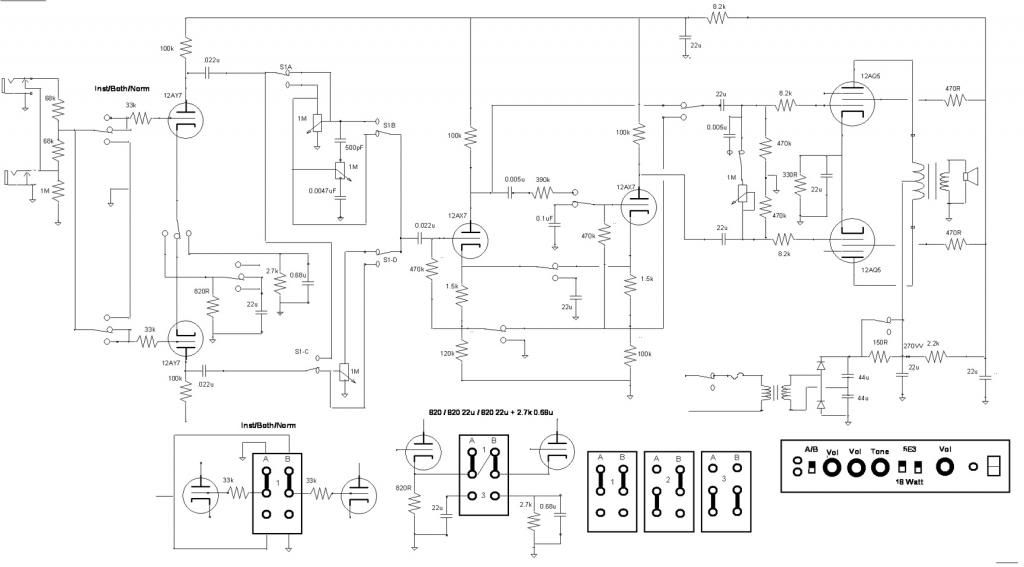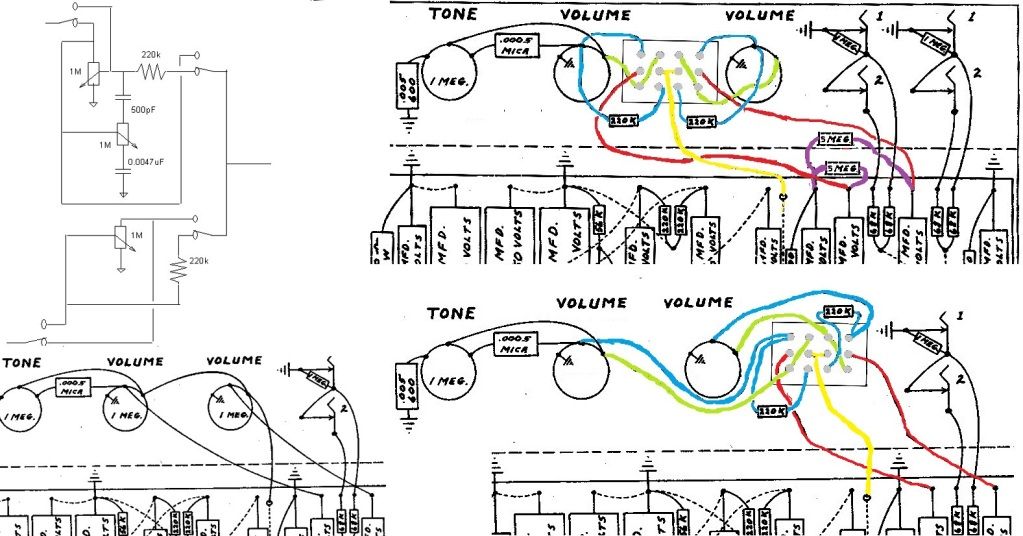My first ever build was the Lamington. It's a design based on low cost readily available components. It uses two 30v power transformers in parallel and a voltage quadrupler to get the HT. Power transformers are expensive and quite hard to get in Australia. The OPT is a 100v line transformer. It uses 2*12AX7 and 2*EL84. The second 12AX7 is used for tone stack recovery and a cathodyne PI
Valve Heaven - DIY Amp
I still use this amp regularly.
Cheers
Valve Heaven - DIY Amp
I still use this amp regularly.
Cheers





Comment